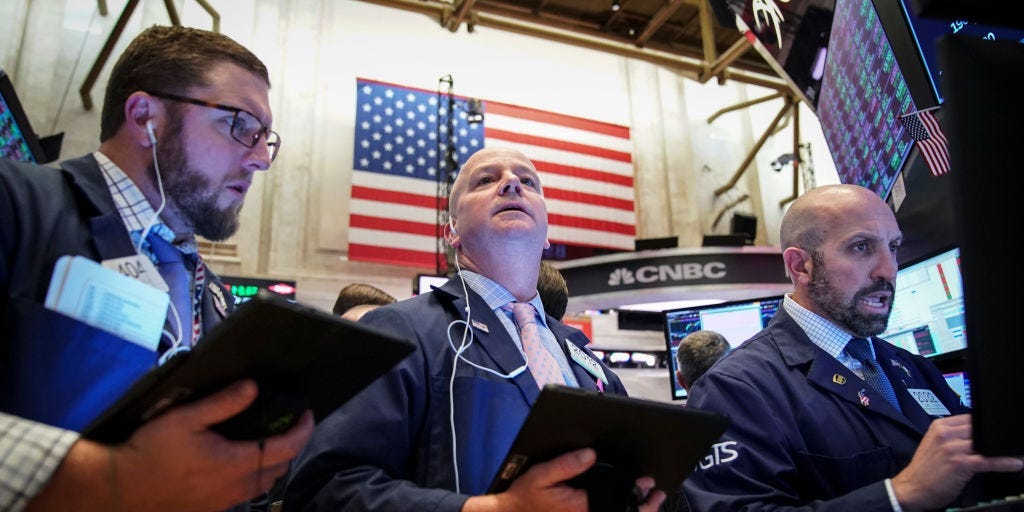-
The Dow Jones Industrial Average just saw a “death cross” that’s regarded as a bearish signal.
-
The formation involves a short-term moving average falling below a longer-term one.
-
The last time a death cross struck was in March 2022. The Dow then fell 12% over a six-month period.
My health insurance just jumped 10% - THANKS GENOCIDE JOE! Bidenomics is really winning here! Real FDR  Maost progressive Dem!
Maost progressive Dem!
Then you have Turbo  like
like  David Copium-man
desperately trying to gaslight everyone
David Copium-man
desperately trying to gaslight everyone 



When I was working on my PhD dissertation in climate modeling foundations, I decided to dig into economic modeling a little bit. I was especially interested in the few people who had accurately predicted major recessions and/or the 2008 financial crisis, which was very recent when I was doing this research.
I found pretty much exactly the same thing that you described: there was basically no rhyme or reason to it, and the models that got things right in 2008 had been consistently wrong in other forecasts, sometimes in very similar conditions. Moreover, they all got it right for completely different reasons (i.e. were looking at totally different indicators as being “definitive”), and the predictions weren’t generalizable in any meaningful sense. It really is almost completely vibes based, and the models are just vehicles for different theorists’ intuitions about what matters when.
Yes. One of those people. Michael Burry, has been consistently wrong since then despite having what was a sound model for predicting that particular recession.
To give a specific example of data analysis failing, back in late 2022, the 30 day moving average for the S&P 500 exceeded the 10 day moving average; the only other times in recent decades where that has happened, it was in 2001 prior to the dotcom bubble bursting and in 2008 prior to the mortgage bubble bursting
But nothing like that has happened (yet?)